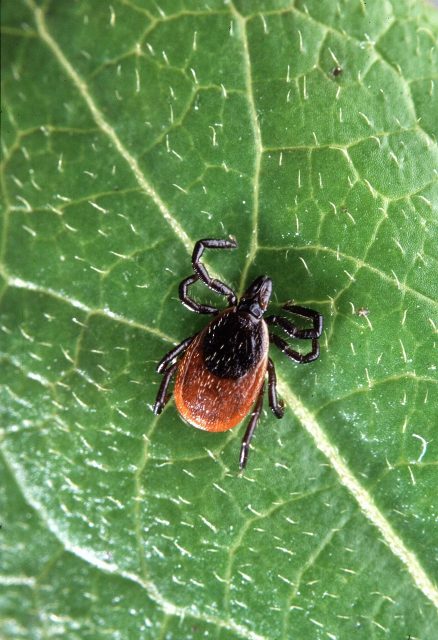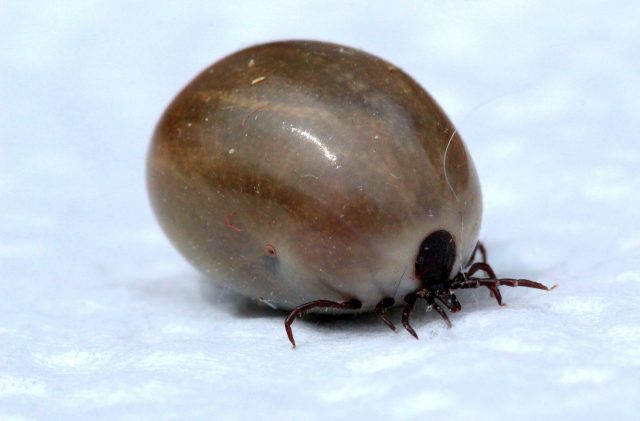Study finds 33% of ticks in Western Pennsylvania carried Lyme disease

If we had to make a list of some of the stealthiest diseases of all time, Lyme disease has to be in the top group for its viciousness and silent takeover of the human body. Recently a detailed study has uncovered the evidence suggesting the presence of Lyme disease among a large proportion of the ticks that are found in Pennsylvania region.
Lyme disease is no new thing for Jill Henning, she is actively involved in the research and analysis of the disease and its various impacts on the east coast. However, to find it lurking in the woods of the west coast was something she had never expected. Henning wanted to understand the phenomena in the Pennsylvania’s woods and to find out how deeply it has invaded the region.

For this matter, Henning chose a team of graduates from the University of Pittsburgh at Johnstown who then helped her carry out detailed research in the western region of Pennsylvania. DNA testing carried out on 500 deer ticks caught in the region revealed that 33 percent of the ticks carried a dangerous level of Lyme disease.
Henning said that typically Lyme disease is considered as East Coast disease. However, to find the disease this far West was new for Henning and her team, and came as quite a shock.
Since her days as a graduate at The University of Pittsburgh, Henning had been actively seeking out research regarding Lyme disease and the impact of ticks on its spread. But it was only when she joined Pitt-Johnstown’s faculty in 2010 that she decided to pursue her.
Talking about the presence of Lyme in the western Pennsylvania, Henning said that it was very critical to carry out research in the area as the presence of tourists and hikers trekking the woods makes it absolutely crucial that no disease is transferred from the woods to urban areas. The students helping Henning in her research absolutely loved the work as this has given them an excellent opportunity to widen their experience in this field.
The students were asked to drag a long white sheet through different forested regions including the Prince Gallitzin and central Bedford County areas to collect as many ticks as possible. Special measures were adopted to avoid any contact with the potentially Lyme-infested ticks.

Students were asked to pull their hair up and wear white clothes so that if any tick managed to hop on them, it could have been easily spotted. Duct tape was used to close any openings between clothes where skin might be accessible for foreign objects. A four-hour testing process was carried out after collecting more than 500 ticks, the process commenced by the students crushing the ticks’ bodies with tweezers and the remains were then placed in small containers for detailed DNA testing.
Lyme disease is famously the responsible agent for reoccurring joint pain and other neurological issues that could turn serious if left untreated. However, for those who quickly seek adequate medical treatment after getting bit by ticks can generally avoid the adverse effect of Lyme disease, as a few doses of antibiotics are enough to curb the spread.
